The Cressy Hall topiary: 'A miraculously well-kept secret'
So fine is the topiary at Cressy Hall in Gosberton — the home of Michael and Janey Hill — that you might think it dates back to the 18th century. Yet it hasall been created over the past 20 years by a former antique dealer with little interest in gardening, as Todd Longstaffe-Gowan explains. Photography by Andrew Sydenham for the Country Life Picture Library.
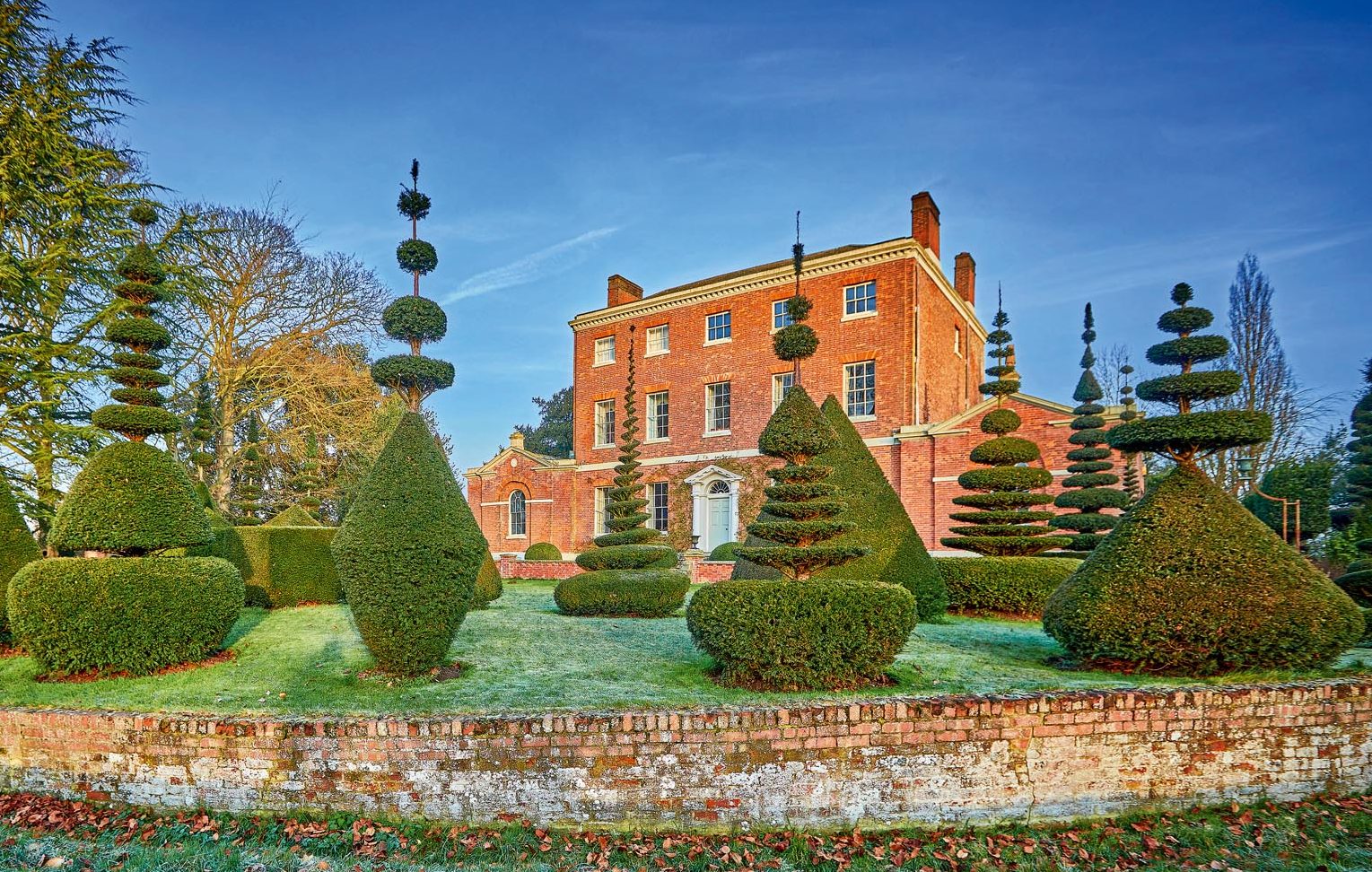
It is remarkable these days to come across an extraordinary garden that has not been splashed across the pages of the garden press. Even more so when it rises like a luxuriant oasis on the otherwise flat, watery and largely treeless landscape of the fens of South Holland in Lincolnshire.
The nine-acre pleasure grounds of Cressy Hall, nestled in a dense woodland plantation on the north-eastern skirts of the village of Gosberton, have miraculously remained a well-kept secret. Although it is full of surprises, with lime allées and eye-catchers, the garden’s crowning glory is its display of geometric topiaries.

It was not always thus. When Michael Hill and his wife, artist Janey Hill, acquired the property in 1990, its late-Georgian house sat isolated amid the open fields of the fenlands. Cressy Hall is an unusually refined house for the area, with its fine brickwork and flanking pavilions, but the grounds were, in the Hills’ own words, in ‘poor condition’ and ‘quite boring’, and the views over the encompassing arable fields and dykes ‘unremarkable’.
The early-medieval and 17th-century houses that preceded the present dwelling, however, appear to have had quite ambitious ornamental gardens, of which traces survived, including ancient earthworks, the remains of a medieval moat, a late-17th-century water garden, a stretch of decayed garden wall and a ha-ha. These relict features would provide the Hills with a useful framework.
He has always liked topiary, but Mr Hill is, by his own admission, neither a gardener, nor terribly interested in horticulture. His achievements at Cressy, however, reveal that he is an imaginative designer, an accomplished topiarian and a patient improver.
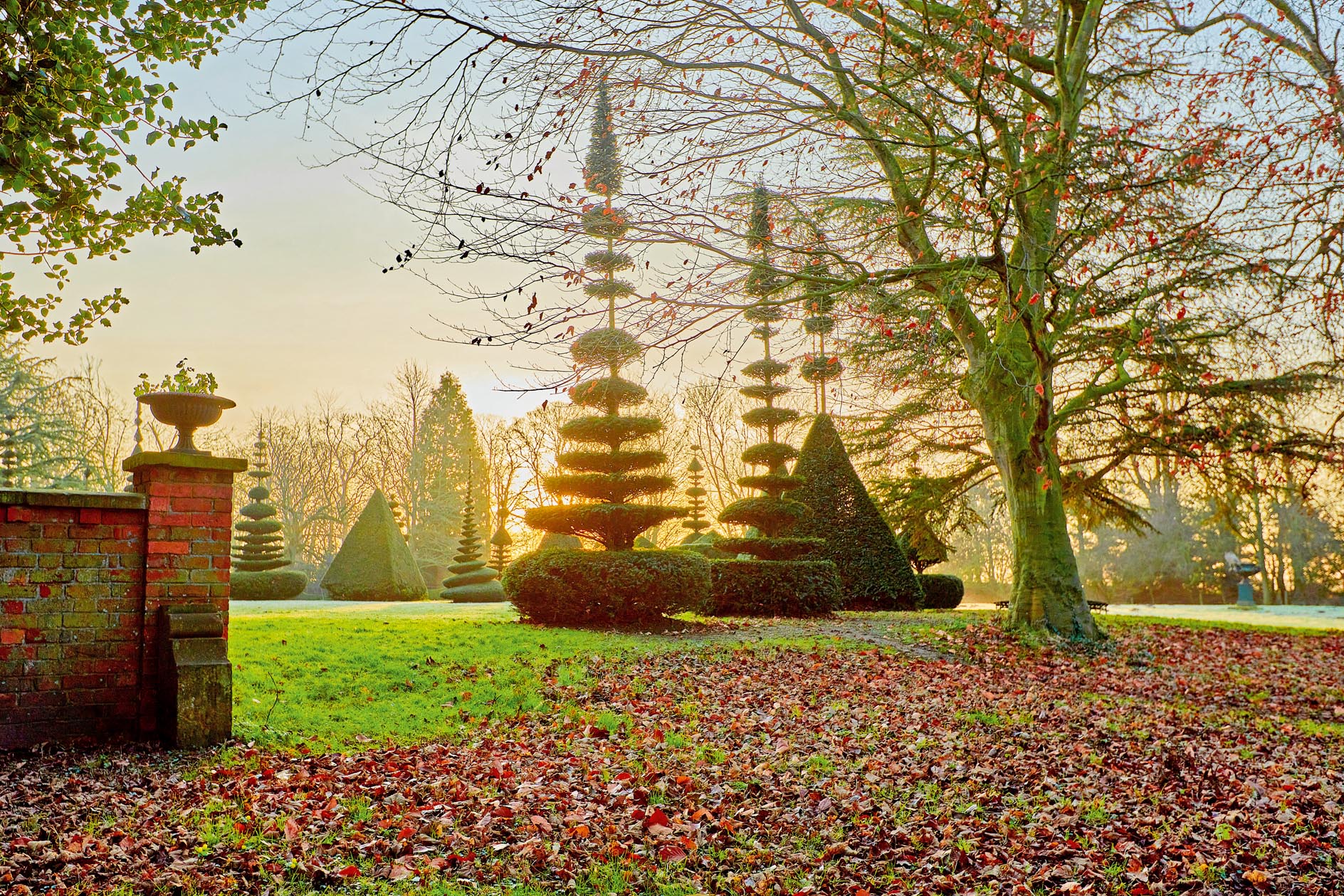
Born in Fiji and educated in England, he exudes, like his topiary charges, a whiff of exoticism in this quiet and very rural corner. Mr Hill began his working life as an antique dealer, but later switched to producing and selling high-quality reproduction Victorian cast-iron garden furniture. Indeed, one of the incentives to reform the family’s Gosberton garden was to press it into service as a showpiece where he could display his productions.
Things did not, however, go according to plan; despite successful exhibitions at the Chelsea Flower Show and the extension of invitations to potential and existing customers to visit his premises, only very few ever made the journey. Gosberton was deemed too remote and the Cressy Hall garden has, therefore, remained terra incognita.
Sign up for the Country Life Newsletter
Exquisite houses, the beauty of Nature, and how to get the most from your life, straight to your inbox.
Mr Hill has no recollection of what motivated him to create a topiary garden, although he believes he was first inspired by a desire to enliven views from the south side of the house and to ameliorate its windswept surroundings with evergreen structure. His fascination with yew has its origin in a cluster of gnarled 500-year-old trees that thrive in the grounds of his wife’s family home, Cherry Burton House, near Beverley in Yorkshire’s East Riding. Here he gathered ‘loads of little healthy seedlings’ that carpeted the ground, and began to pot them up, albeit with no purpose or design in mind.
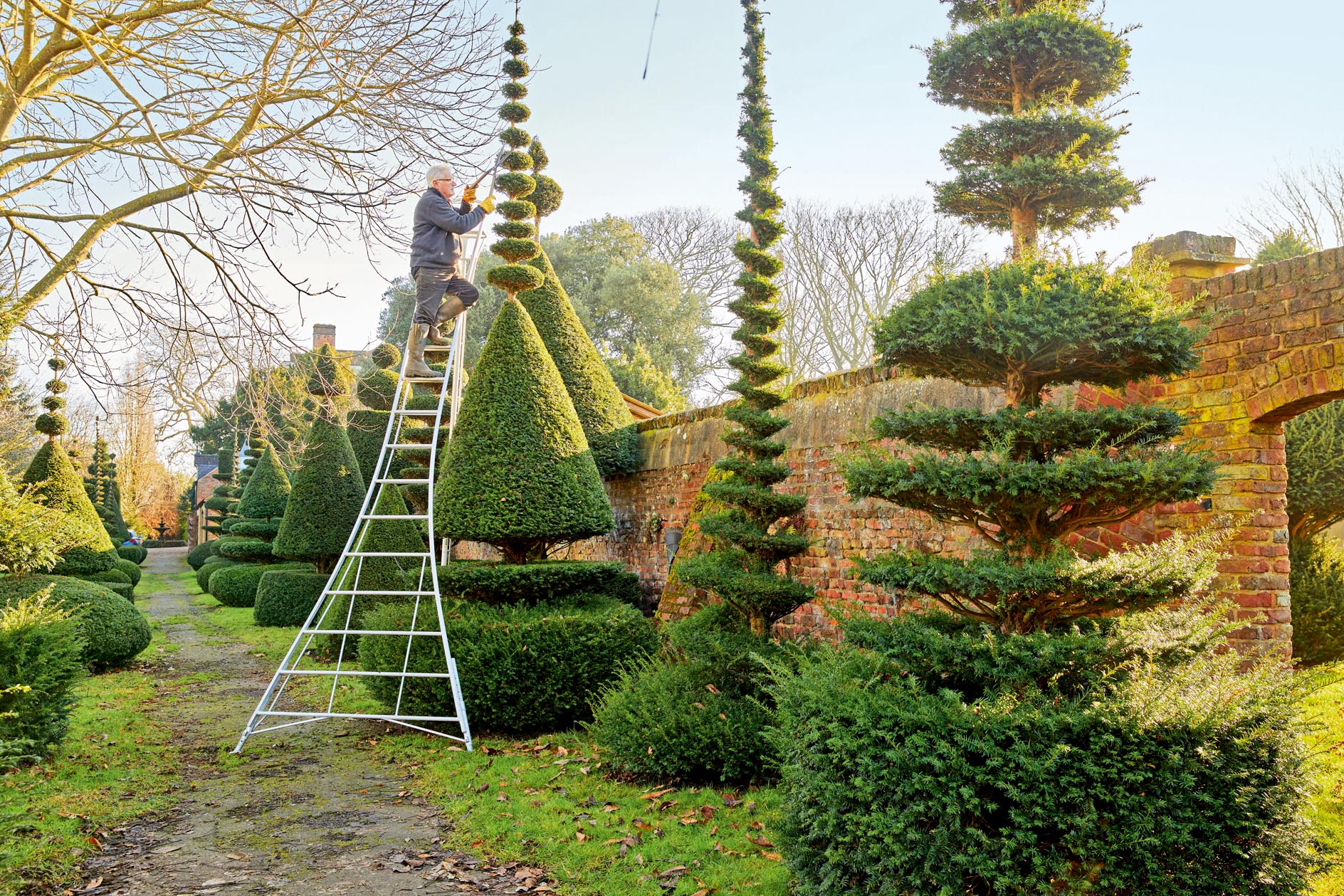
For three years, he tended and re-potted his emerging saplings, nipping their side shoots to encourage the development of single leaders and strong vertical growth. When they reached a height of roughly 3ft, he set them out in a long, broken line in the rich loamy soil of the south lawn at Cressy, tracing the curve of the crescent-shaped ha-ha. This was to be the first of two symmetrical rows of yew topiaries: the second — also planted with immature specimens — was laid out in 1998 to ‘bulk out’ the display and enhance the privacy of the south garden.
The rows of yews were regularly shaved, but only roughly shaped, until the year 2000, when Mr Hill, seized by a creative impulse, began ‘rather spontaneously’ to clip the yews into tapering spirals, starting at the tops of the juvenile trees and following the branching pattern as he worked downwards. It was, he affirms, both exhilarating and ‘very tricky’, as he carried out the exercise freehand, armed solely with a rudimentary pair of secateurs.
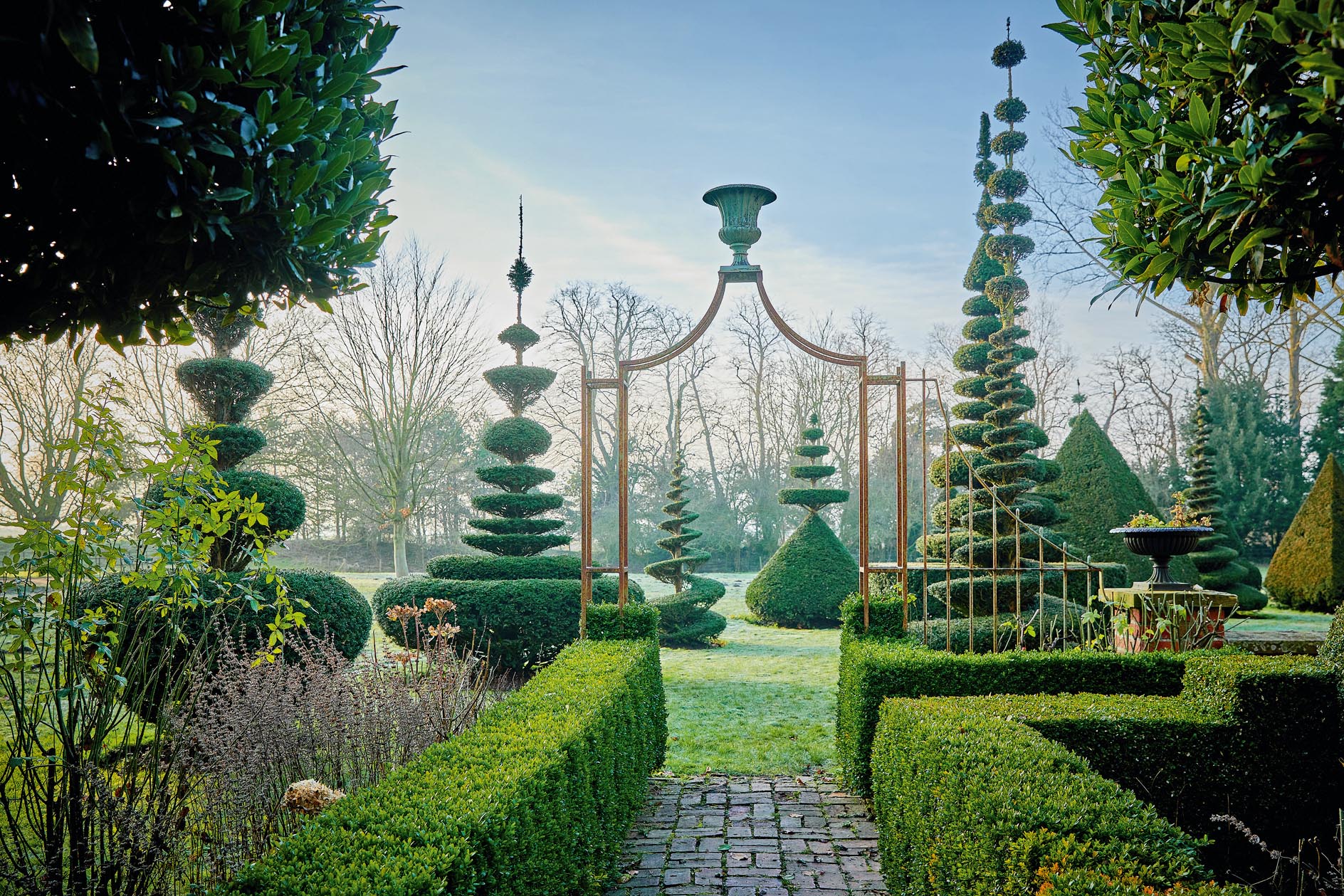
Having succeeded in sculpting one spiral, he was emboldened to embark on metamorphosing the lot, trying more geometric shapes, from pyramids, lozenges and cones to curious tiered obelisks. His infatuation with artful shaping soon extended to box hedges and sentinels, which were turned into Ming baluster vases (the ‘Ming Walk’), clouds, spheres and even verdant fowls, including a pheasant, a peacock and a ‘plump chicken’ (the latter was, however, subsequently expunged as Mr Hill found this denizen of his topiary aviary slightly bathetic amid such noble company).
Mr Hill continues to refine his topiaries, but he feels the specimens (now more than 100 in number) and the garden reached a desirable degree of maturity 20 years after he began. The largest of his yews is now just over 21ft high, as tall as he can practically manage. He has become more adept at clipping his trees: he now uses a combination of pole-mounted hedge trimmers, secateurs, garden shears and cordless clippers — more or less in this order — working his way from the teetering peaks of his fanciful confections to their broad, flaring bases. He makes use of an aluminium tripod ladder (but, as a superstitious gardener, he only ascends 12 of the ladder’s 13 rungs).
He has always carried out all the pruning himself, in June for box and, from September until the end of December, for yew, but has help raking up the clippings, the weight of which equates to roughly one ton in an average year.

As have ardent topiarians before him, Mr Hill appears to view clipping and shaping trees as a form of play, a rewarding ritual, but yew and box shaving has become a protracted and complex exercise as the plants increase in size and vigour. Doubtless, he would agree with Charles H. Curtis (assistant superintendent of RHS gardens at Chiswick) and W. Gibson (head gardener at Levens Hall, Cumbria), who expressed a similar sentiment in The Book of Topiary (1904): ‘There is one thing to remember about the Topiary garden, it is all work.’
Sadly, after 31 years of inventive household and garden improvements, the Hills have decided that it’s time to sell up and move to a more manageable establishment. It is hoped that the new owners of Cressy Hall will share their enthusiasm for topiary and will be prepared to put in the hours to keep the garden up to the standard it presently enjoys.
Mr Hill has begun to cast small-scale bronze replicas of each of the different geometrical topiary compositions in the Gosberton garden. Although these miniature brazen souvenirs of Cressy will never surpass the joy of his regiments of living box and yews, they will form a poignant reminder of pleasures past.
Todd Longstaffe-Gowan’s ‘English Garden Eccentrics: Three Hundred Years of Extraordinary Groves, Burrowings, Mountains and Menageries’ will be published on April 26 (Paul Mellon Centre in collaboration with Yale University Press (UK), £30)
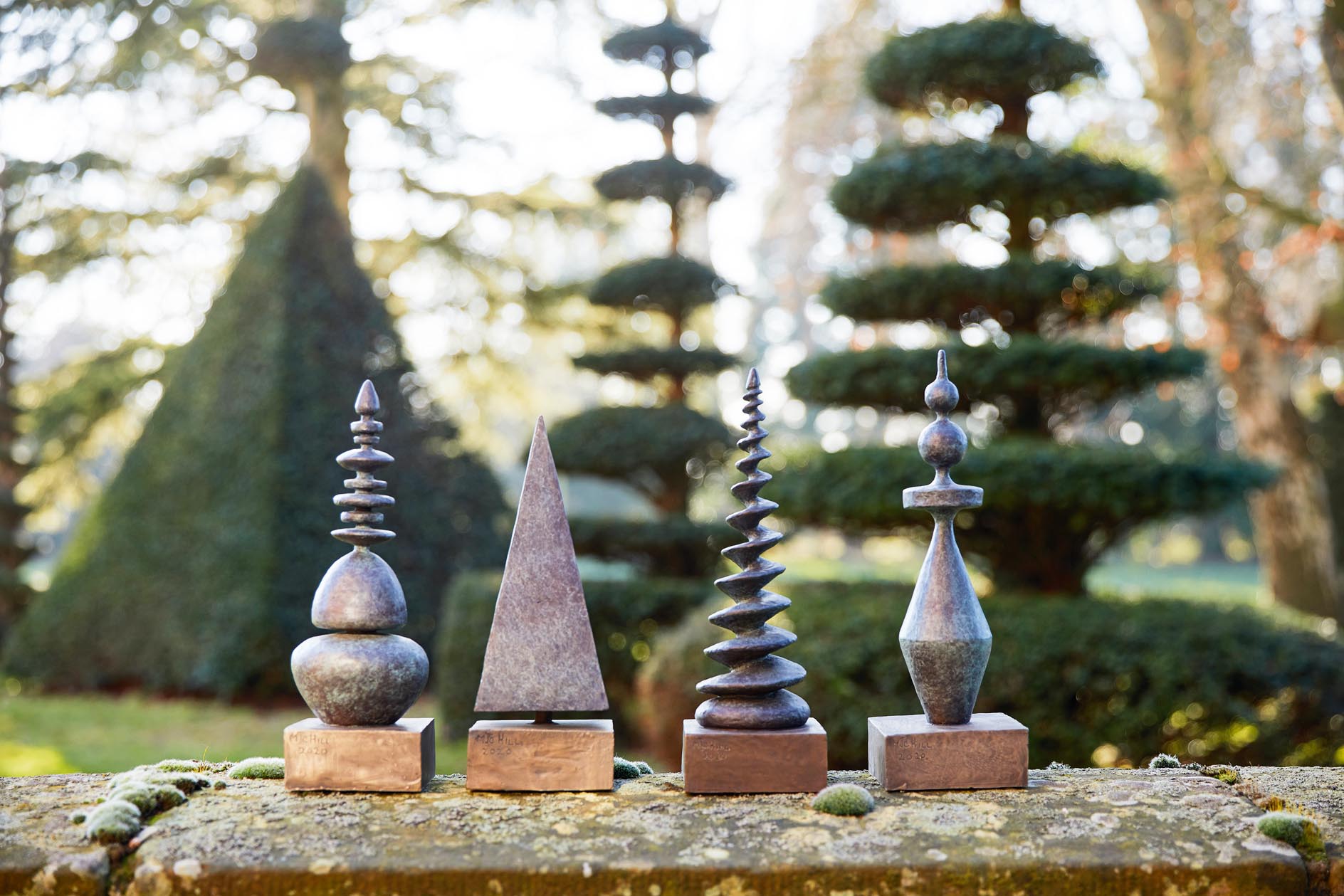
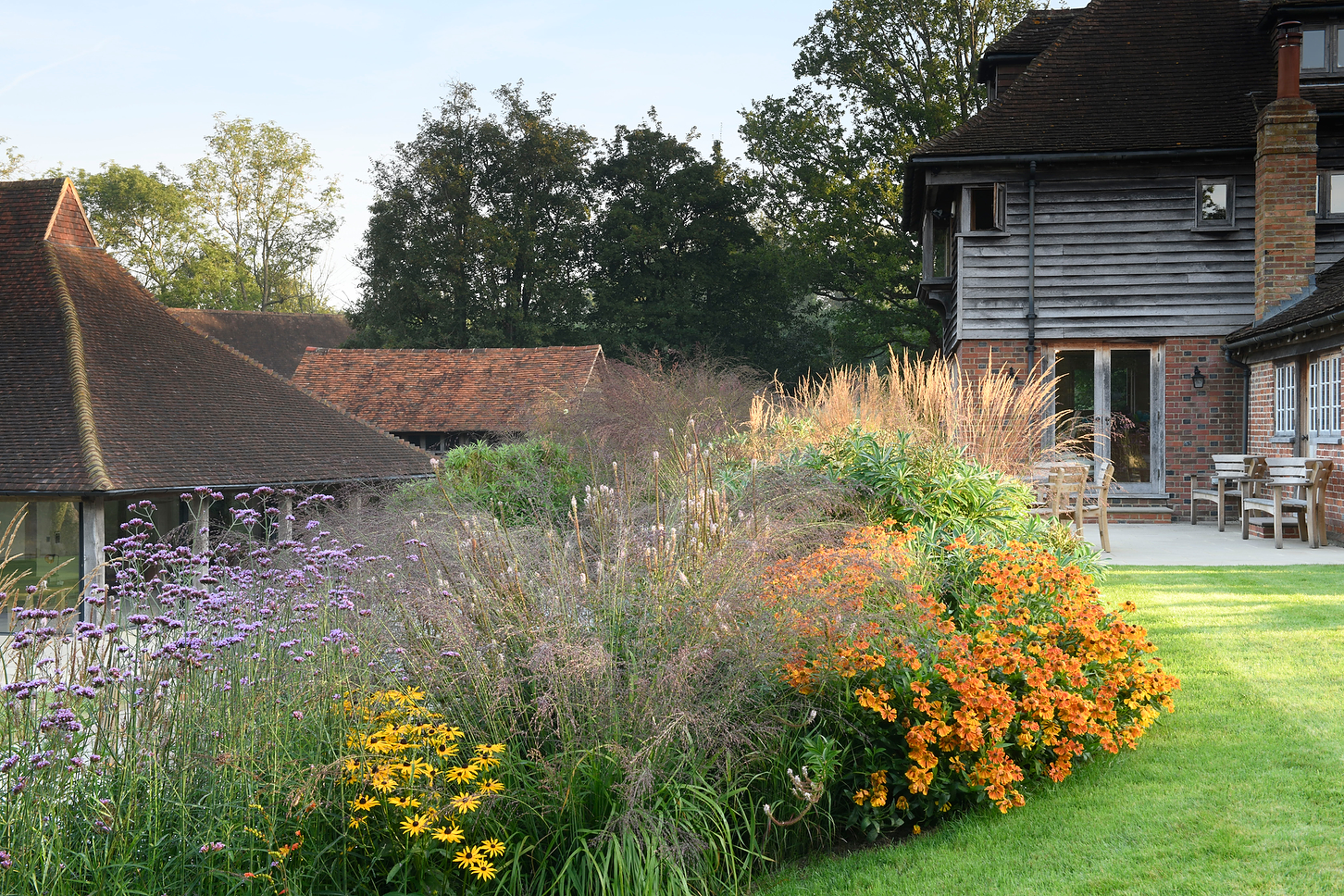
The best garden designers and landscapers in Britain
A beautiful country house is as much about its surroundings as its bricks and mortar, something that the best garden

Colebrook House: The serene English country garden with a touch of Tuscany
From the new Italianate walled garden, paths and bridges lead on through the endlessly exciting garden of Colebrook House, Blockley,
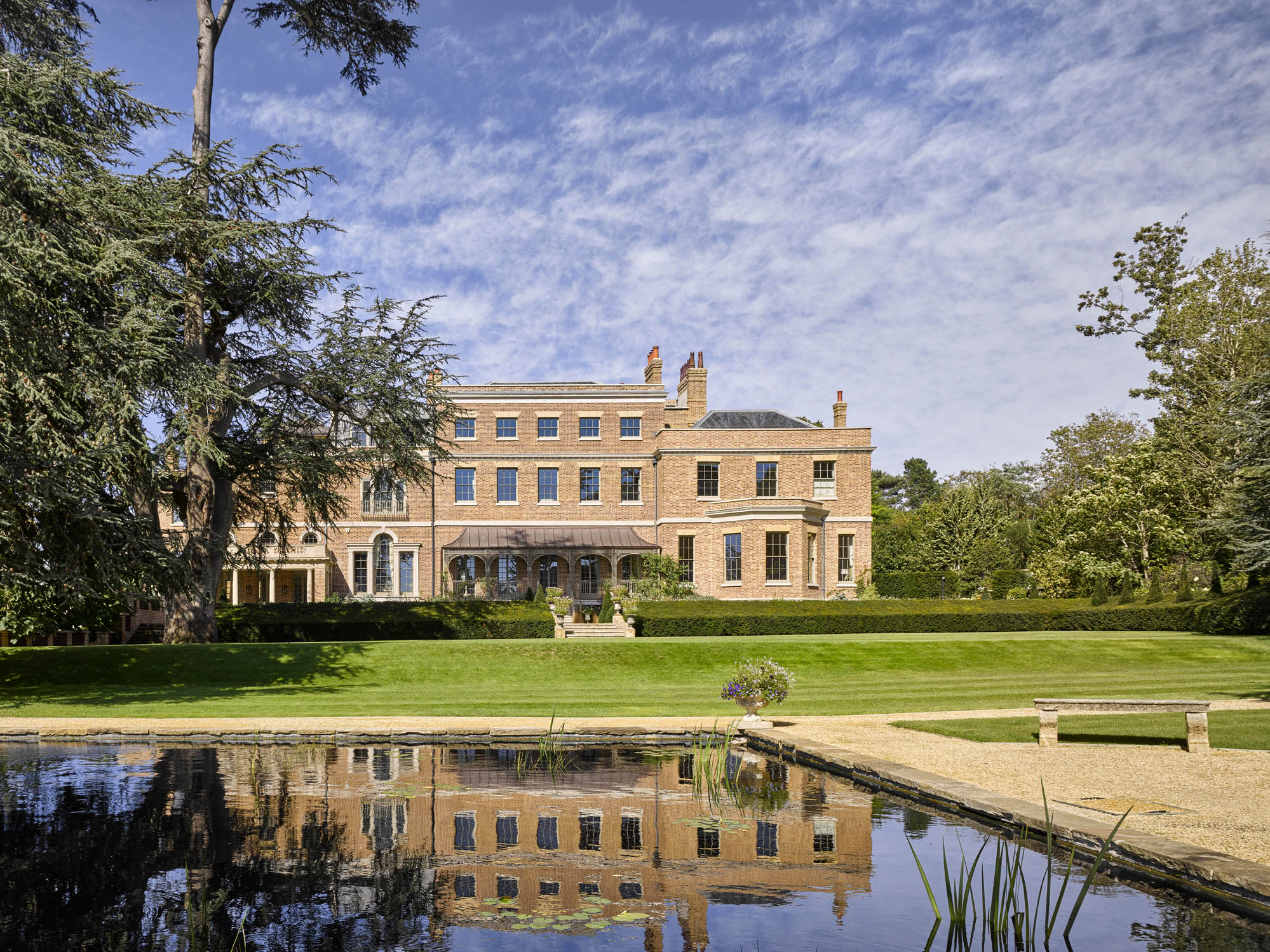
Templeton House's escape from demolition and oblivion to become an incredible rarity: a country estate within the M25
A house that might have vanished beneath London’s spreading suburbs has been lovingly returned from institutional use and forms the
-
 ‘It had the air of an ex-rental, and that’s putting it politely’: How an antique dealer transformed a run-down Georgian house in Chatham Dockyards
‘It had the air of an ex-rental, and that’s putting it politely’: How an antique dealer transformed a run-down Georgian house in Chatham DockyardsAn antique dealer with an eye for colour has rescued an 18th-century house from years of neglect with the help of the team at Mylands.
By Arabella Youens
-
 A home cinema, tasteful interiors and 65 acres of private parkland hidden in an unassuming lodge in Kent
A home cinema, tasteful interiors and 65 acres of private parkland hidden in an unassuming lodge in KentNorth Lodge near Tonbridge may seem relatively simple, but there is a lot more than what meets the eye.
By James Fisher